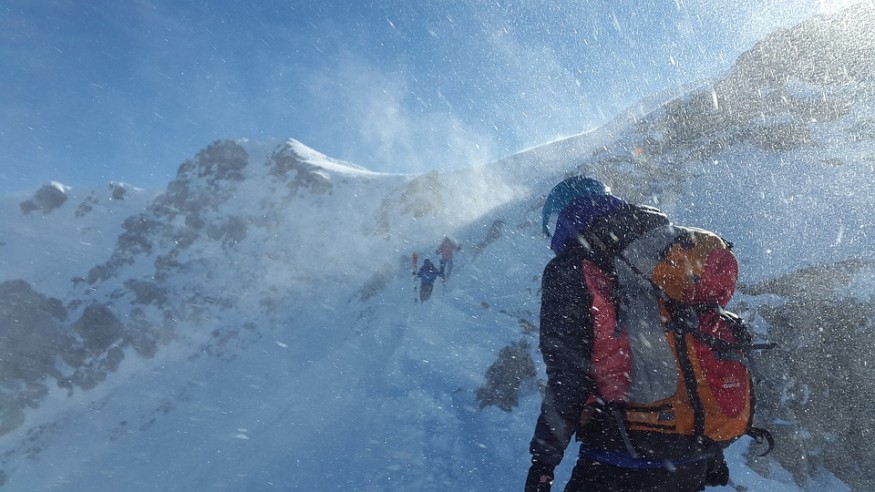
Blizzards, as we know, are winter snowstorms that provide extreme snowfall, powerful winds, below-freezing temperatures, and usually whiteout conditions. If a blizzard is forecasted in your area, or if you find yourself outside during one, the following tips can help you survive.
The most significant thing you may do is to prepare for the blizzard before it hits. Here are some advice on how to stay safe, warm, and dry during and future winter snowstorms.
1. Stock up on food and water.

Lining up at the grocery stores before the storm is unpleasant. Neither is living off unfamiliar canned items everyone inexplicably has in their cabinets. Make sure you stock up food ahead. Make sure to have bottled waters with you. Check your heating system if they are up to snuff.
However, don't rely on delivery and takeouts to keep your stomach filled during these disasters. Some establishments may close their operations earlier or suspend delivery services to ensure their employees are safe and secure during the blizzard.
2. Have an emergency medicine bag.
Think about which medicines you and your family members will need and which medications you should have with you in case of an emergency. Double check any medicines that may treat a chronic condition to make sure you do not need a refill.
According to Dr. Robert Glatter, MD, a physician at Lenox Hill Hospital in New York City, and Forbes magazine contributor, it is a good idea to keep ibuprofen, paracetamol, and Benadryl in an emergency kit. Drug stores may suspend their operations during snow emergencies
3. Stay indoors.
There are also a few things that would justify braving a blizzard in your car or on public transportation, but driving can be difficult during these times, and roads may shut down. Also, just because you had an effortless experience going to work does not mean the commute back home would be easy.
Hence, the American Red Cross recommends the people to stay indoors during winter storms as much as possible. It's also essential to make sure you know when the snow might start; hence, it is important to check local government websites for updates.
4. Watch for frostbite.

Choose the right and quality clothes to wear whenever you go outdoors during the snowstorm to avoid frostbite. Your warmest clothing, however, may become ineffective in absorbing sweat if the weather gets too damp. Dr. Glatter recommends wearing three layers of clothes: one that can absorb sweat, second to serve as protection to snow, and the last to seal out chilly temperatures. He also suggests wearing hats, gloves, and socks as some body parts are vulnerable to frostbites. These are the ears, earlobes, tip of the nose, cheeks, fingers, and toes.
Seek medical attention if tingling cold and numbness occur as Glatter said these are symptoms to frostbite—most especially when the affected area is turning black or white.
5. Avoid drinking liquor.
Drinking liquor, especially during winter, poses many health dangers, Glatter says. He explained that drinking liquor would cause dehydration, and people are less aware of their hydration level during cold months.
Liquor likewise makes it challenging for the body to know how cold the weather is. While your "beer jacket" might make you feel good during the cold days, your body heat won't work well.
6. Clear snow carefully.

Once the blizzard has passed, make sure to dress up appropriately when you are going to clear up the snow from the driveway. However, it is a strenuous and potentially hazardous activity if you shovel the snow.
A snow blower is recommended to protect yourself from back pain. Ensure to clear up the outdoors only, wear ear protection, and keep kids and loose clothing out of range to avoid accidents.
A positive attitude and determination to live are as important as any survival technique, especially during winter storms. By following the listed steps above, you can to avoid dire circumstances during the disaster.
© 2025 NatureWorldNews.com All rights reserved. Do not reproduce without permission.





